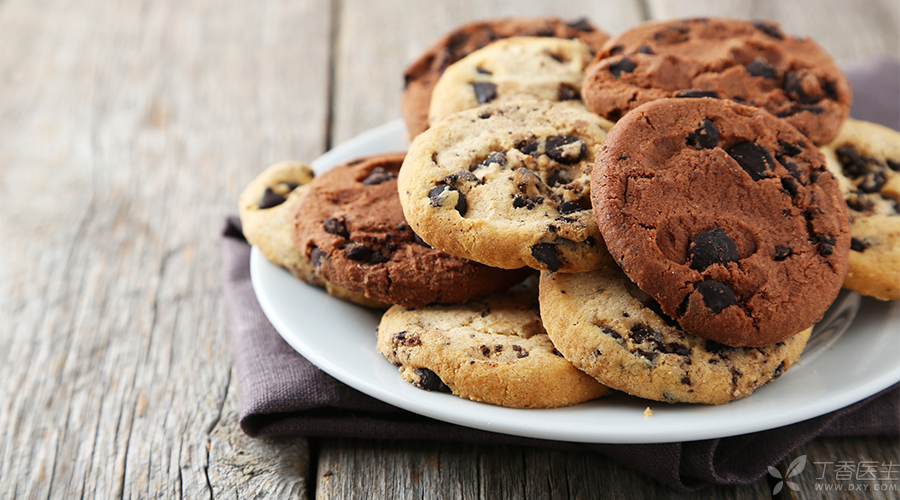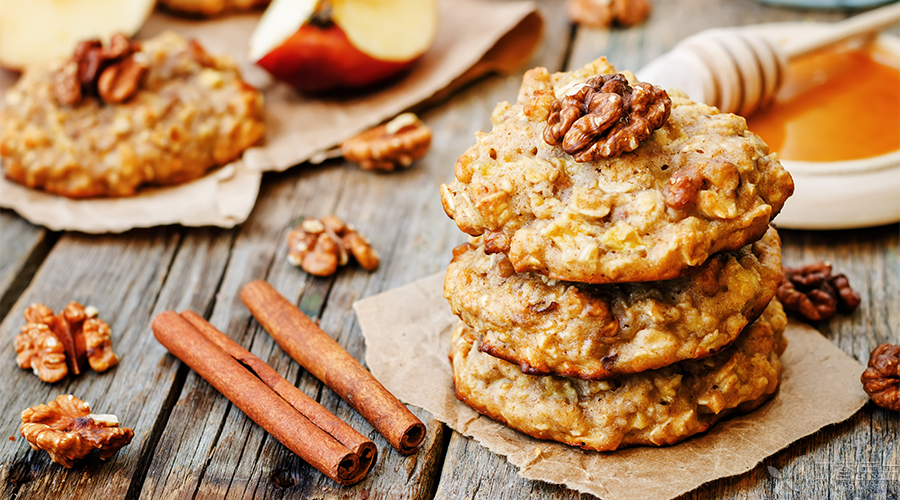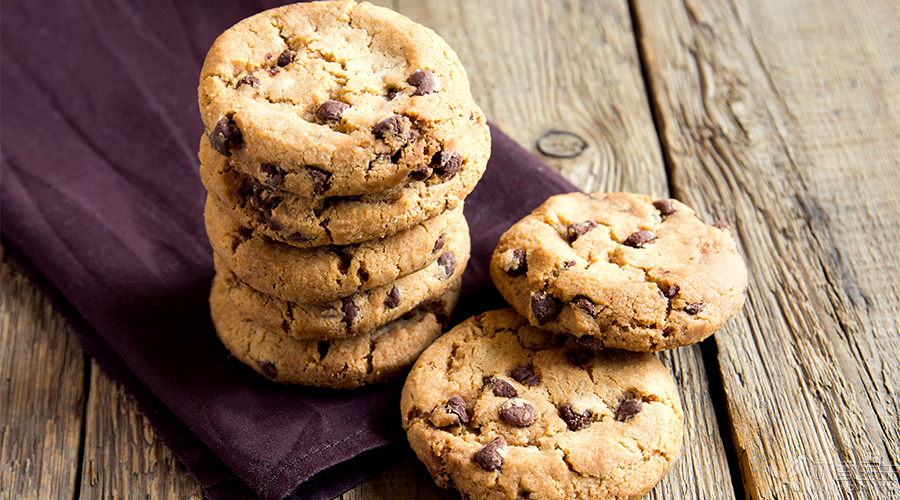
When it comes to biscuits, it must be inseparable from all kinds of functional biscuits in supermarkets.
Digestive biscuits, high calcium biscuits, soda biscuits……
With biscuit money, you can buy all kinds of health, which is extremely tempting.
So, is this functional biscuit really useful? Today, let’s talk about biscuits.
Nutrition of biscuits
Although all kinds of biscuits in supermarkets have very different tastes and shapes, in fact their basic raw materials are wheat flour, grease and sugar.
This means that it has more calories, sugar, oil, salt and vitamins.
Step 1: Caloric
One small ordinary biscuit (10g) has 40 ~ 50 calories, and four biscuits are basically equal to a bowl of rice.
2. Sugar
Flour and sugar are the cornerstones of biscuit production and processing, and are generally ranked in the top three in the raw material list (the higher the ranking, the greater the dosage).
Carbohydrate can be as high as 70.6 g per 100 g of biscuits, so every bite you eat is basically sugar.
Moreover, the wheat flour used in most biscuits is refined. Therefore, diabetics should also be cautious in eating biscuits.
3. There’s plenty of oil
Of course, grease is also one of the raw materials, and the representative product with high content is crisp cookies.
A small bag (200 g) of cookies is enough to meet the recommended amount of fat for one day, about 60 g.
After eating one bag after another, the fat was piled up one layer after another.
4. Salt
Biscuits with more salt, that is, soda biscuits that you often use to lose weight.
Every 100 grams of biscuits contain about 1 g of salt, and a pack of biscuits contains about 200 g, which is equivalent to eating 2 g of salt.
According to the Dietary Guidelines for Chinese Residents, the maximum daily salt intake recommended is only 6 g, not to mention three more meals.
5. Less vitamins
The raw materials of biscuits are mainly wheat flour, and various vitamins are not rich.
In the process of processing, high-temperature baking is required, which will also cause vitamin loss, so the vitamin content in biscuits is often low.
In order to get enough vitamins through biscuits, a person needs to kill about 1 ~ 3 kg of biscuits every day, and he probably feels nauseous after eating them.

Coarse grain biscuits, sandwich biscuits… are they really that magical?
Since the raw materials are basically the same, these so-called [functional biscuits] have just changed into waistcoats.
1. Coarse grain biscuits or whole wheat biscuits
It is claimed to be rich in dietary fiber and promotes digestion, also known as digestive biscuits, but in fact, it can be found from the ingredient list that the source of dietary fiber is mainly wheat bran, which ranks lower in the ingredient list.
The amount of wheat bran used in biscuits is even less than vegetable oil and white granulated sugar.
To promote digestion, one still has to eat fruits, vegetables and coarse grains.
2. Calcium milk biscuits
Just listening to names makes people feel that calcium content is high and nutrition is rich.
But in fact, every 100 g of the biscuit contains only 115 mg of calcium, which is about the same as the calcium content of 20 g (about 2 spoons) of whole milk powder.
Step 3: Sandwich Biscuits
The margarine, hydrogenated vegetable oil, etc. in the interlayer of the two biscuits contain more fat than cookies.
4. Soda biscuits
Soda biscuits dare to claim less oil content? Dr. Clove made a special trip to the supermarket to investigate.
The reality is that its oil content is no less than that of famous cookies, and soda cookies often contain more salt than other varieties of cookies. Patients with hypertension should pay special attention.
There are so many problems with biscuits that they can only be summed up in one sentence-[If you want to be healthy, you must quit first! ].
However, [if you can’t quit, you should also be healthy].

How to eat biscuits scientifically?
Step 1 Choose the right one
Understand the advantages and disadvantages of biscuits, according to their own needs, choose the most suitable for their own.
- Coarse grain biscuits: Although the name is not true, it does have higher dietary cellulose content than ordinary biscuits. Calcium milk biscuits do have higher calcium content than ordinary biscuits. Nut biscuits: Some biscuits even add nut accessories, which are somewhat more nutritious than ordinary biscuits. Cookies: Most are high in fat and soda biscuits: more salt.
2. Eat in moderation and match skillfully.
To eat goods is to know how to broaden one’s eating threshold, not only to eat biscuits, but also to eat them in an appropriate amount.
Don’t you eat fruits and vegetables and coarse grains? Since we can’t give up, we should match scientifically to balance our daily eating.
For example, the model of 100 g biscuits + 200 g fruit or [100 g biscuits + 200 ml yogurt] is healthier than the model of “300 g biscuits + water”, which simply throws a gap of several streets.
Finally, I present a 12-character scripture on “eating biscuits scientifically”-[skillful choice, wonderful matching, shut up and keep your legs open]
(
